Solitaire to me is a game of cards played by one person not a one horse town (lodge, petrol station and store = smallest town in Namibia) but this is where we had lunch after leaving at 9 am. I think that the local bakery products were more interesting than Mandy's same old make your own sandwich / salad lunch!
Today is only 300 km through to Sesriem camping at the edge of the Namib-Naukuft Park. This is really an old part of the earth.
Mr Wikipedia "The desert occupies an area of around 80 900 km (31 200 square miles), stretching about 1000 miles (1,600 km) along the Atlantic Ocean coast of Namibia. Its east-west width varies from 30 to 100 miles (50-160 km). The Namib Desert also reaches into southwest Angola. It is one of the 500 distinct physiographic provinces of the South African Platform physiographic division.
Having endured arid or semi-arid conditions for at least 55 million years, it is considered to be the oldest desert in the world. It has less than 10 mm (0.4 inches) of rain annually and is almost completely barren."
Next morning we had a 4.45 am wake up call to be waiting at the park gates by 5.30 am for them to open. Then a mad rush by the vehicles inland. Why did we stop at Dune 45 a star dune in Sossusvlei and climb to the top? Simple ... I thought it was the tallest sand dune in this part of the world but alas no as it stands only 170m and composes of 5 million year old sand that was brought by the Orange River from the Kalahari Desert. Why is it called Dune 45? Simple actually ... it is merely 45 kilometers from the park gate / Sesriem Canyon.
Anyway the view was great as the sun rose to the east. In the distance was a hot air balloon drifting across the sand dunes.
After breakfast a walk in the desert with a real character of a local guide ... "you die". He outlined the harshness of this terrain. I asked him how many days could he with his knowledge survive without water just living off the land ... a few.
Photographically I see why Dead Vlei is one of the most photograph part of Namibia. It was well over 1 km across this flat pan protected by the surrounding high sand dunes so hasn't changed in all those thousands of years.
It best summed up by Mr Wikipedia:
Dead Vlei is surrounded by the highest sand dunes in the world, the highest reaching 300-400 meters (350m on average, named "Big Daddy" or "Crazy Dune"), which rest on a sandstone terrace. The clay pan was formed after rainfall, when the Tsauchab river flooded, creating temporary shallow pools where the abundance of water allowed camel thorn trees to grow. When the climate changed, drought hit the area, and sand dunes encroached on the pan, which blocked the river from the area.
The trees died, as there no longer was enough water to survive. There are some species of plants remaining, such as salsola and clumps of !nara, adapted to surviving off of the morning mist and very rare rainfall. The remaining skeletons of the trees, which are believed to be about 900 years old, are now black because the intense sun has scorched them. Though not petrified, the wood does not decompose because it is so dry.
Then the 5 km ride back to where Pangani our Acacia truck was waiting for us ... it was wild just like the white water rafting trip on the Zambezi River at Livingstone. We packed the whole group like cattle into the back of 2 small pick ups where we were bounced around. I suspect that the driver had to keep up his speed to avoid being stuck in that soft sand … this sounds plausible!
Dune 45 and Dead Vlei, Sossusvlei
Tuesday, July 28, 2009
 Sesriem, Hardap, Namibia
Sesriem, Hardap, Namibia
Other Entries
-
13Ancient baobab trees who can tell a few stories
Jul 0424 days prior Baobab, Tanzaniaphoto_camera40videocam 0comment 1
Baobab, Tanzaniaphoto_camera40videocam 0comment 1 -
14Gutless wonder going up hills!
Jul 0523 days prior Kilsolonza, Tanzaniaphoto_camera34videocam 0comment 0
Kilsolonza, Tanzaniaphoto_camera34videocam 0comment 0 -
15Chitimba: one more day till before Kande Beach
Jul 0622 days prior Chitimba Malwai, Malawiphoto_camera14videocam 0comment 0
Chitimba Malwai, Malawiphoto_camera14videocam 0comment 0 -
16Kande Beach: TIA = This is Africa
Jul 0919 days prior Kande Beach, Malawiphoto_camera46videocam 0comment 0
Kande Beach, Malawiphoto_camera46videocam 0comment 0 -
17Off to Livingstone: more long travel days!
Jul 1117 days prior Lusaka, Zambiaphoto_camera18videocam 0comment 0
Lusaka, Zambiaphoto_camera18videocam 0comment 0 -
18Smoke that certainly Thunders = Victoria Falls
Jul 1216 days prior Livingstone, Zambiaphoto_camera10videocam 0comment 0
Livingstone, Zambiaphoto_camera10videocam 0comment 0 -
19Wild wet raft ride down the Zambezi
Jul 1315 days prior Livingstone, Zambiaphoto_camera18videocam 0comment 0
Livingstone, Zambiaphoto_camera18videocam 0comment 0 -
20Free as a bird over the Victoria Falls
Jul 1414 days prior Livingstone, Zambiaphoto_camera6videocam 0comment 0
Livingstone, Zambiaphoto_camera6videocam 0comment 0 -
21Walk on the wild side
Jul 1513 days prior Livingstone, Zambiaphoto_camera26videocam 0comment 0
Livingstone, Zambiaphoto_camera26videocam 0comment 0 -
22Border crossing ... foot and mouth dip ...
Jul 1612 days prior Kansane, Zambiaphoto_camera6videocam 0comment 0
Kansane, Zambiaphoto_camera6videocam 0comment 0 -
23I wanted my HIPPO mouth WIDE open photo
Jul 1711 days prior Kasane Botswana, Botswanaphoto_camera36videocam 0comment 0
Kasane Botswana, Botswanaphoto_camera36videocam 0comment 0 -
24Frogs and stars over the Okavango Delta
Jul 208 days prior Maun, Botswanaphoto_camera46videocam 0comment 0
Maun, Botswanaphoto_camera46videocam 0comment 0 -
25San Kalahari Desert bush people
Jul 217 days prior Ghanzi, Kalahari Desert, Botswanaphoto_camera20videocam 0comment 0
Ghanzi, Kalahari Desert, Botswanaphoto_camera20videocam 0comment 0 -
26Sunrise over the Kalahari Desert
Jul 226 days prior Windhoek, Namibiaphoto_camera6videocam 0comment 0
Windhoek, Namibiaphoto_camera6videocam 0comment 0 -
27Exhilarating, Extraordinary Etosha Experience
Jul 253 days prior Okaukuejo, Namibiaphoto_camera36videocam 0comment 0
Okaukuejo, Namibiaphoto_camera36videocam 0comment 0 -
28Spitzkoppe - Matterhorn of Namibia
Jul 262 days prior Spitzkoppe, Namibiaphoto_camera24videocam 0comment 0
Spitzkoppe, Namibiaphoto_camera24videocam 0comment 0 -
29Swakopmund: A city that has 4 faces
Jul 271 day prior Swakopmund, Namibiaphoto_camera40videocam 0comment 0
Swakopmund, Namibiaphoto_camera40videocam 0comment 0 -
30Dune 45 and Dead Vlei, Sossusvlei
Jul 28 Sesriem, Namibiaphoto_camera52videocam 0comment 0
Sesriem, Namibiaphoto_camera52videocam 0comment 0 -
31The not so winding 10 km road to Fish Canyon
Jul 302 days later Fish River Canyon, Namibiaphoto_camera16videocam 0comment 0
Fish River Canyon, Namibiaphoto_camera16videocam 0comment 0 -
32Bye Namibia ... Hello South Africa
Jul 313 days later Kotzeshoop, South Africaphoto_camera18videocam 0comment 0
Kotzeshoop, South Africaphoto_camera18videocam 0comment 0 -
33Acacia journey's end: Capetown
Aug 025 days later Cape Town, South Africaphoto_camera42videocam 0comment 0
Cape Town, South Africaphoto_camera42videocam 0comment 0 -
34Journey's Over ... not quite
Aug 036 days later Cape Town, South Africaphoto_camera26videocam 0comment 0
Cape Town, South Africaphoto_camera26videocam 0comment 0 -
35So sad to see these wild animals penned up
Aug 047 days later Albertina, South Africaphoto_camera34videocam 0comment 0
Albertina, South Africaphoto_camera34videocam 0comment 0 -
36World's highest bungy to Jeffreys Bay
Aug 069 days later Jeffreys Bay, South Africaphoto_camera12videocam 0comment 0
Jeffreys Bay, South Africaphoto_camera12videocam 0comment 0 -
37Garden Route N2, Route 62 & Swartberg Pass
Aug 0710 days later Montagu, South Africaphoto_camera14videocam 0comment 0
Montagu, South Africaphoto_camera14videocam 0comment 0 -
38Wineyards ... Nelson Mandela's last prison
Aug 0912 days later Cape Town, South Africaphoto_camera42videocam 0comment 0
Cape Town, South Africaphoto_camera42videocam 0comment 0 -
39Locked up in maximum security prison!
Aug 1013 days later Cape Town, South Africaphoto_camera38videocam 0comment 0
Cape Town, South Africaphoto_camera38videocam 0comment 0 -
40Africa, a continent of many Contrasts & Challenges
Aug 3033 days later Auckland, New Zealandphoto_camera4videocam 0comment 0
Auckland, New Zealandphoto_camera4videocam 0comment 0

 Sesriem, Hardap, Namibia
Sesriem, Hardap, Namibia

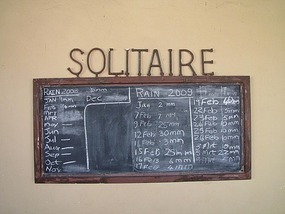
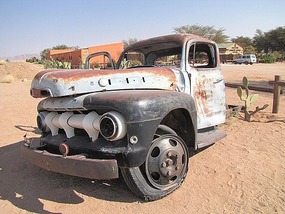
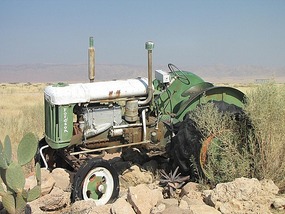
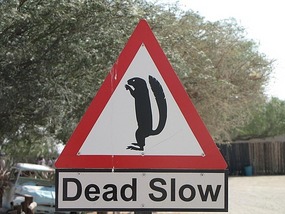
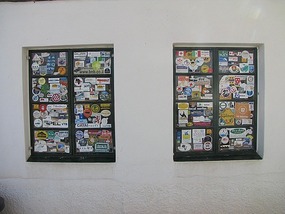

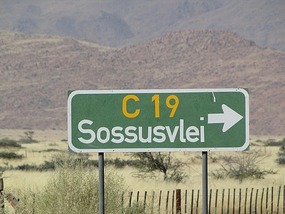
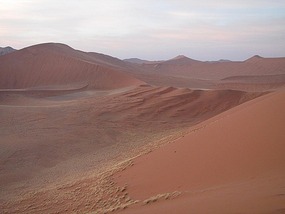
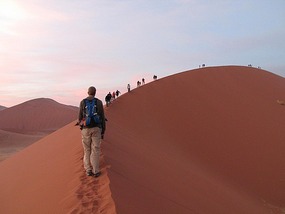
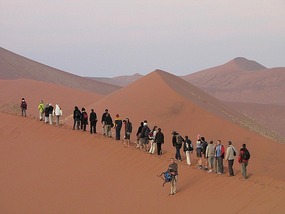
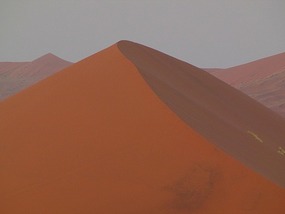
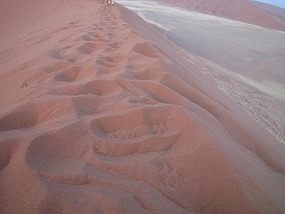
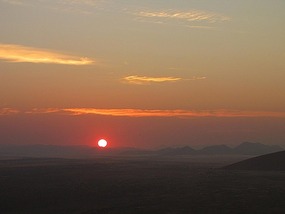
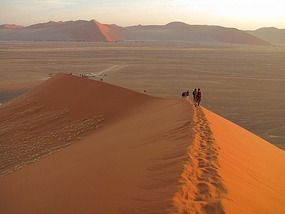
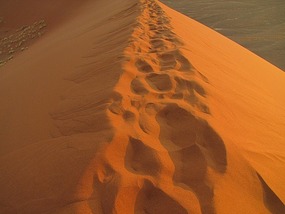
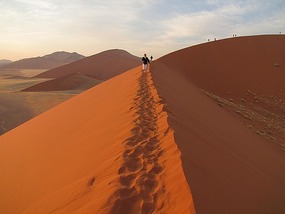
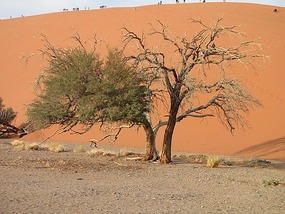
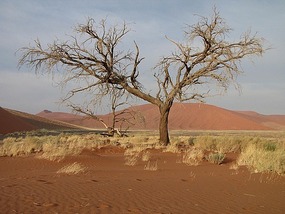
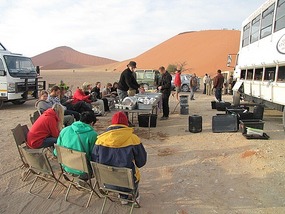
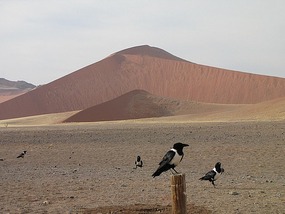
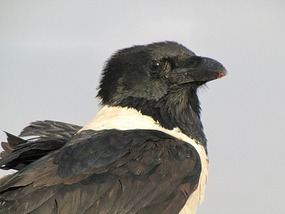
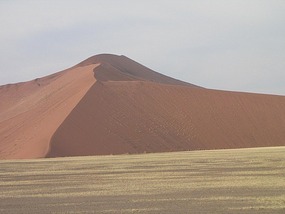
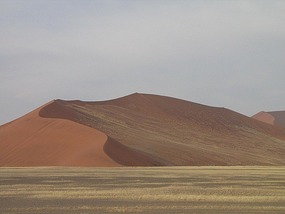
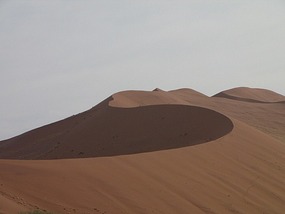
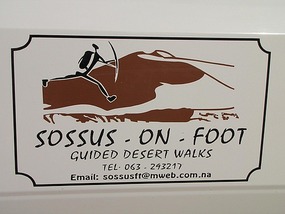
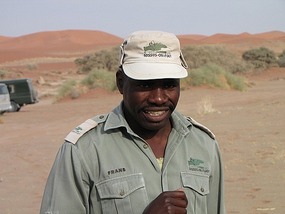
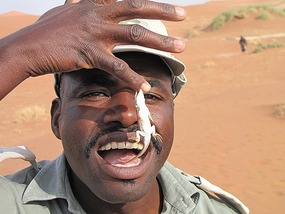

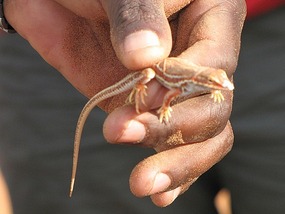
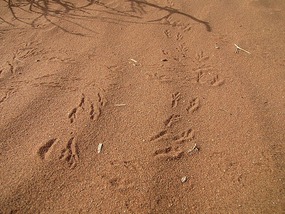
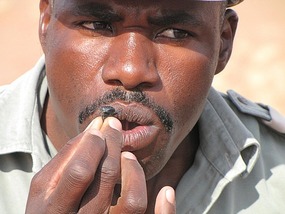

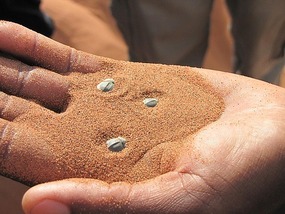
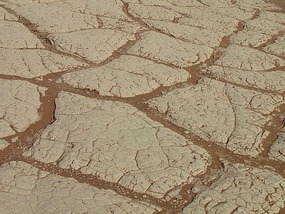
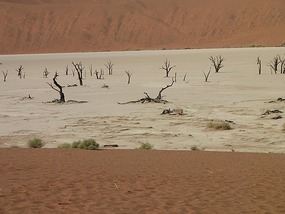

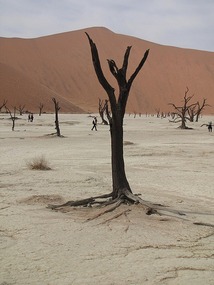
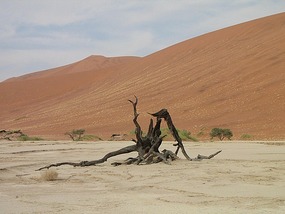
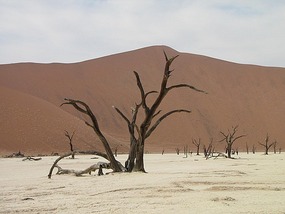

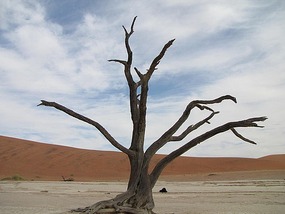
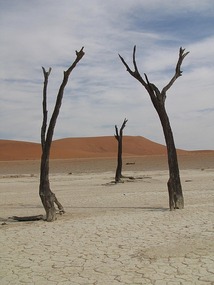
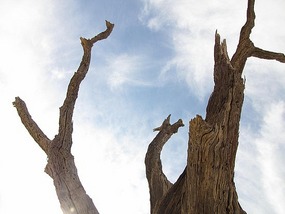
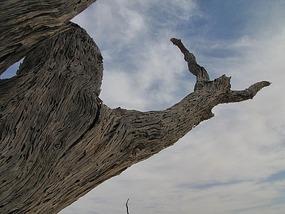

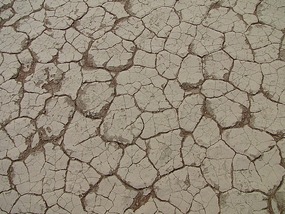
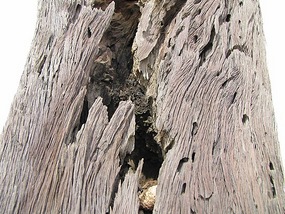
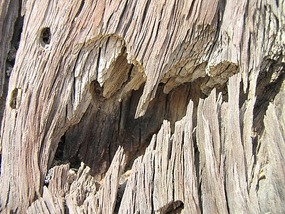
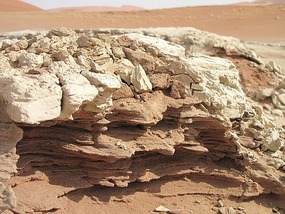
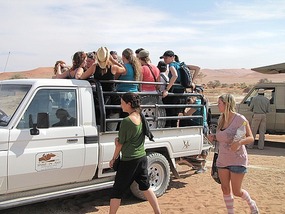







2025-05-23